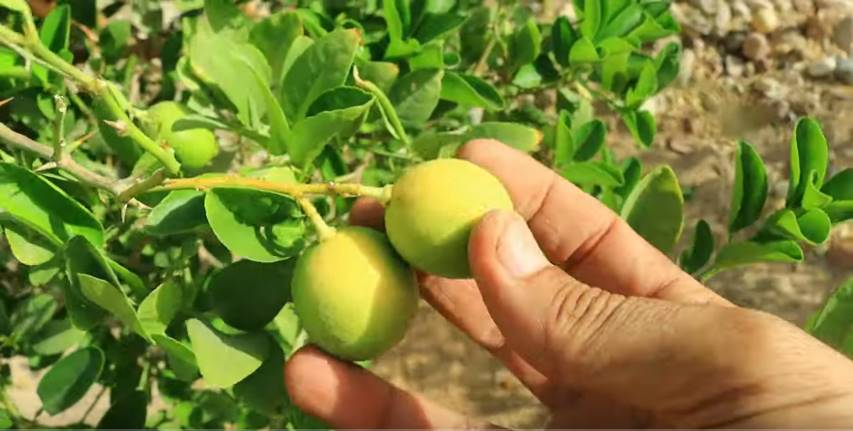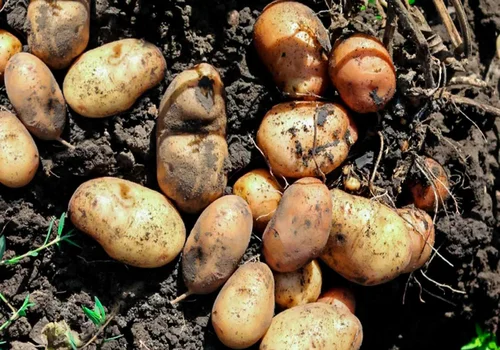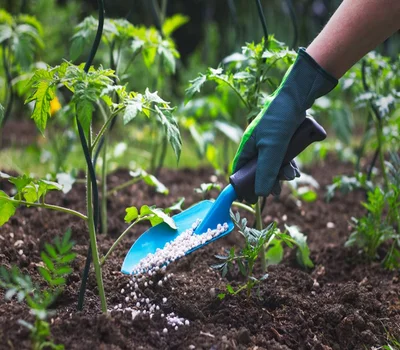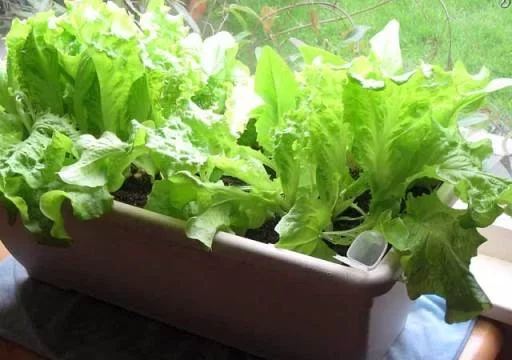Caring for lemon plants requires attention to detail, as various factors can influence their growth and development. One common issue is that a lemon plant may stop growing or show minimal progress over time. Let’s dive into an example of such a case and explore the potential reasons for the stagnation in growth, as well as solutions to revive the plant.
The Problem: Slow Growth in Lemon Plants
After six months of nurturing, a lemon plant may not have grown as expected. In the early stages, the plant might show some development, but after a few months, the growth rate could slow down significantly. This can happen even when the plant receives adequate sunlight, watering, and proper soil. So what could be going wrong?
Initial Planting Mistakes
One possible reason for the slow growth could be starting the plant in a small container. Initially planting it in a small cup and gradually moving it to a bigger pot could limit the plant’s early root development. A small container restricts root growth, which in turn affects the overall health of the plant. Once the plant is moved to a larger pot, its growth should improve, but sometimes this isn’t enough.
Adequate Sunlight and Watering
In this example, the lemon plant is placed in a greenhouse with about four hours of sunlight each day, and proper watering techniques are followed. Despite these efforts, the plant remains small, with only minimal new growth. The leaves are green and healthy, indicating that overwatering is not the issue, as excess water would cause yellowing and wilting of the leaves.
Investigating the Roots
To uncover the root cause of the problem, it’s essential to examine the plant’s roots. Upon gently removing the plant from its pot, the root system may appear underdeveloped, even though the plant has been in its pot for over a year. The soil could be sandy, with noticeable stones that could obstruct the plant’s root growth. Such conditions are not ideal for lemon plants, as they need nutrient-rich, well-draining soil.
Root Care and Transplanting
In this case, it’s vital to renew the plant’s environment. By carefully removing most of the old soil while preserving some of the roots, the plant can be given a fresh start. Keeping a small amount of the original soil (about 5 cm around the roots) helps maintain some continuity for the plant.
It’s recommended to use clean, sterile soil when transplanting. A mixture of soil that contains a balance of nutrients, including a bit of sand for drainage, will promote healthy growth. Avoid replanting in a pot that’s too large, as this can overwhelm the plant. Replanting it in the same pot with fresh soil and proper drainage, such as broken pottery or lightweight foam, will create a better growing environment.
Fertilizing and Soil Acidity
When renewing the soil, some experts suggest holding off on fertilizing for a while. This is because the plant’s roots may be damaged during the transplant process, and it’s best to wait until new roots develop before adding fertilizer. However, others recommend adding some fertilizer immediately to boost growth. Lemon plants particularly benefit from slightly acidic soil, so incorporating natural substances like ash or vinegar can help maintain the right pH balance.

Pruning for Growth
Pruning is another crucial step in reviving a stagnant plant. Removing unnecessary side branches and lower leaves will encourage the plant to focus its energy on developing new roots and leaves. Cutting off the weaker parts of the plant allows it to concentrate on strengthening its core growth.
Patience is Key
Reviving a lemon plant after slow growth can take time. Expect to see noticeable changes in the plant’s condition after about six weeks. During the first few weeks, the plant may seem static as it adapts to its new environment. After that, you’ll start to see new roots forming, and slowly but surely, the plant will begin to grow again. Full recovery may take up to two months, depending on the severity of the original issue.
Conclusion
Reviving a lemon plant that has stopped growing requires careful analysis of its environment, soil, and root health. By addressing these areas and making the necessary adjustments, it’s possible to get the plant back on track. Patience and consistent care are essential in ensuring that the plant eventually thrives and continues to grow.






